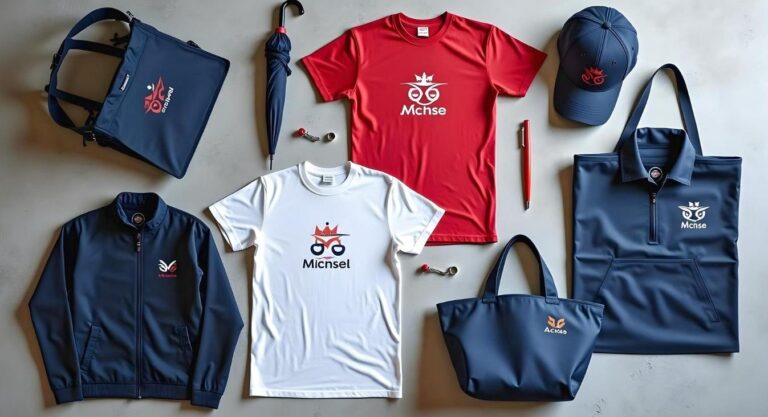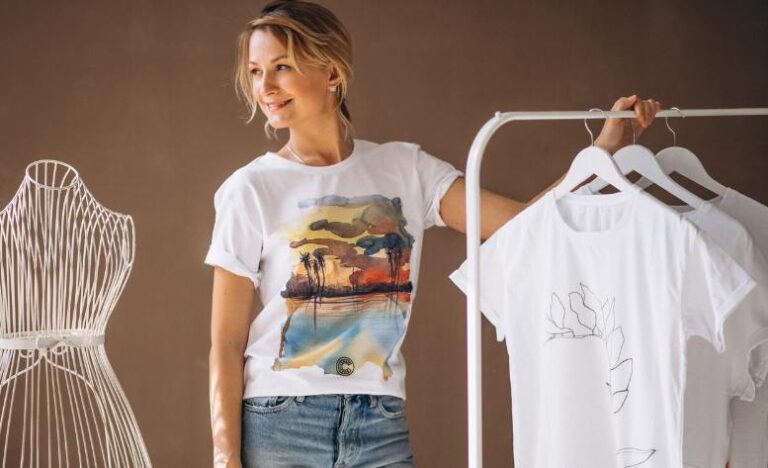There are a lot of challenges involved in maintaining a brand. In a marketing world full of distinct competitors, putting your foot through the door has never felt more demanding. Now, it may be tempting to try and jump on the latest trends, or expand upon new horizons; neither of which are bad. But are they really what your brand needs? These are some of the 5 most common branding challenges you’ll have to look out for when adapting to the times–and how to deal with them.
- Knowing what you’re good at
By far the easiest way to lose a client base is to forget what people come to you for. It’s happened to everything, from famous apparel to bottled sodas. When you’re entering a new market, you may want to chase the same highs your competitors have, thinking it’ll work out for you too. Sometimes it does! But you just can’t build a strategy on just novelties.

When you build a brand, you have to know what you can provide to your clients. As a brand in the merchandising industry, there are big competitors with more resources to expand on numerous general products. Meanwhile, there are also smaller competitors that prioritize customizable, personable goods.
Understand that you can’t tick the “all of the above” option in business. What resources are currently available to you? What can your brand do with what it has right now? What is your brand great at, regardless of current market trends? Every brand has to adapt to the times at some point, but the best brands know the core of their products–and their audiences.
2. Finding your niche
You’re not the only fish in the pond. Even if your brand boasts great tees or classic sneakers, there are plenty of other kids on the block selling the same thing. What makes you stand out amongst your competitors?
This question is just as challenging to answer as the first, and people often think that means hopping into different pools to expand their reach. This is far from the actual simplest solution. You can coexist, and even thrive, with competition just by varying approaches to your target audiences.
Let’s take the common example of Nike and Adidas, two famous shoe brands that have shared market spaces for decades. These brands may share similar target audiences on the offset, but there are subtle differences in their strategies.

Nike is well-known for its humanistic, customer-first branding, with ads showcasing the everyday struggle against doubt and limitations and their famous tagline (Just Do It) reflecting an encouraging message to everyday folk. Meanwhile, Adidas has leaned more towards a high-class, forward-thinking image, collaborating with non-sports artists like Kanye West to reinforce their products in the public eye.
While your business may not have the same resources as these brands, you can still think of catering to different niches within the same market space. This will affect how you engage with customers, what influencers you may or may not collaborate with, what design or style your products will take, and all sorts of other things in your branding journey.
3. Building your image
You know what you’re good at. You have your niche. Now the tricky part is letting everyone know about it.
Building a brand image can be like juggling on a tightrope, especially if you want to be associated with high-quality products, great style, and good customer engagement.
On the smaller end, you’ll want to cultivate a community through consistent communication with your client base. This usually starts in social media through regularly posting products, activities, events, polls, and all sorts of engaging content.

Once you’ve built that foundation, you have to go through the struggle of keeping the brand image clean. We’ll talk about product consistency on a separate point, but a smaller, underrated point we need to think about is how your brand is perceived in the wider community.
A brand’s image is like a mirror: if it breaks, people will see the cracks even after it is pieced back together. When Dolce & Gabbana released a Chinese ad intended to expand their brand into foreign markets, they instead courted outrage and were accused of being out of touch and stereotypical.
While the brand would eventually apologize and piece its image back together, it would take a while to fully branch back into those market waters. When you’re building your own brand image, just keep an ear to the ground and pay attention to current conversations to avoid PR disasters.
4. Staying relevant
Keeping a recognizable shape is all well and good, but brands have to change sometimes too. We’ve all heard of companies like Blockbuster stagnating as new technology and innovation push them out of the market. So how do you stay relevant without going against your core principles and audience?

The answer ultimately goes back to research. You can start by analyzing your current metrics–which products are selling more, why your clients are interested in your product, and what else they need in their lives–and then look at your competitors.
What are they offering to your client base? Is what they’re offering useful to your clients and your business? How can you add on their current ideas to make it distinctly yours?
Whether this is in leveraging new technology, implementing more designs, or simply innovating on current trends, being up-to-date on what’s happening in your market is essential to staying relevant.
5. Keeping consistency
We talked about building and keeping a brand image before. While the image game is one thing, how clients interact with your brand’s products is another. You want your audience to recognize your style and appreciate the quality of your products, but that means being reliable and consistent in your product lineup.

When you’re handling branding, social media marketing, and designing all at once, it can be hard to keep up with that kind of expectation. Not only do you need high-quality materials, but you also need it on a tight schedule.
Luckily, there are merchandising services that offer a great deal of products at dependable times. Shirtual’s own services provide a wide range of apparel at competitive prices, with just 3 steps to fully complete your orders.
There are a lot of common brand challenges you might face, but don’t let product management be one of them. Browse through our offerings and consultation here!






